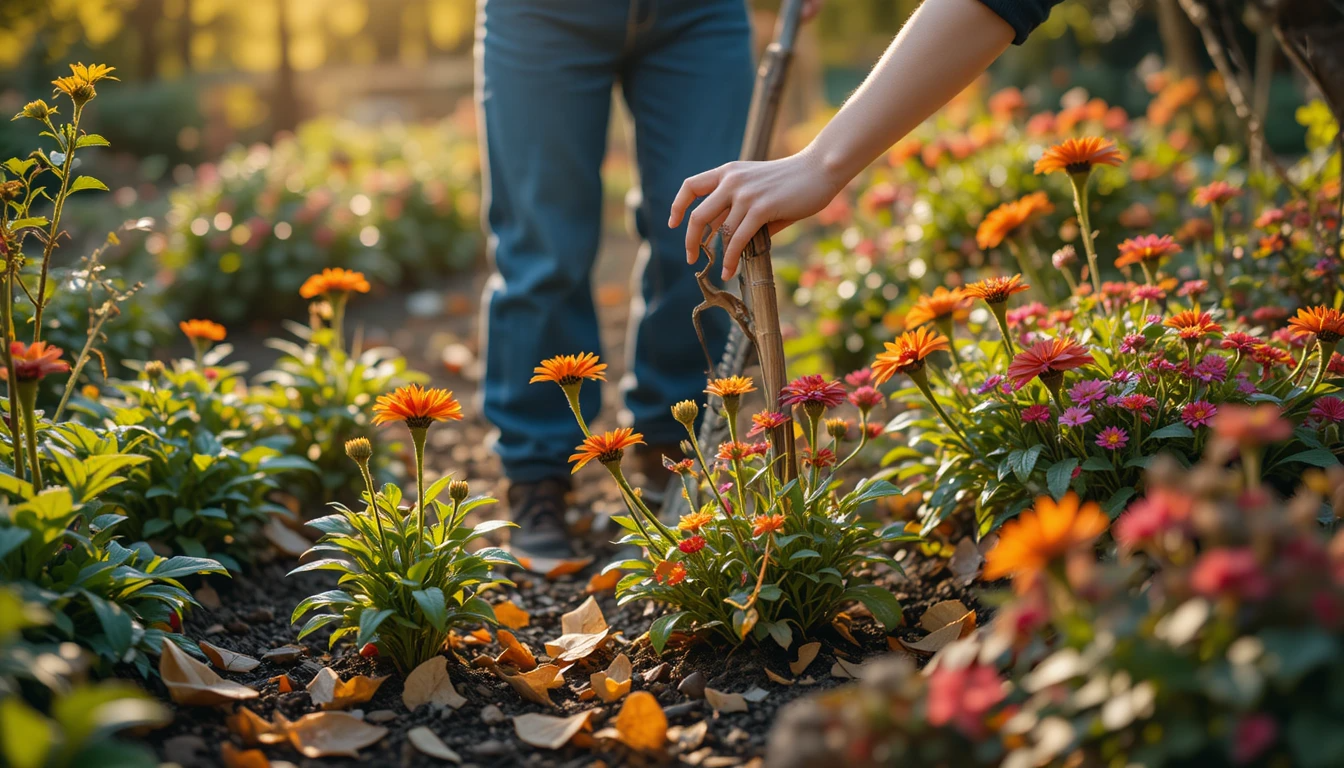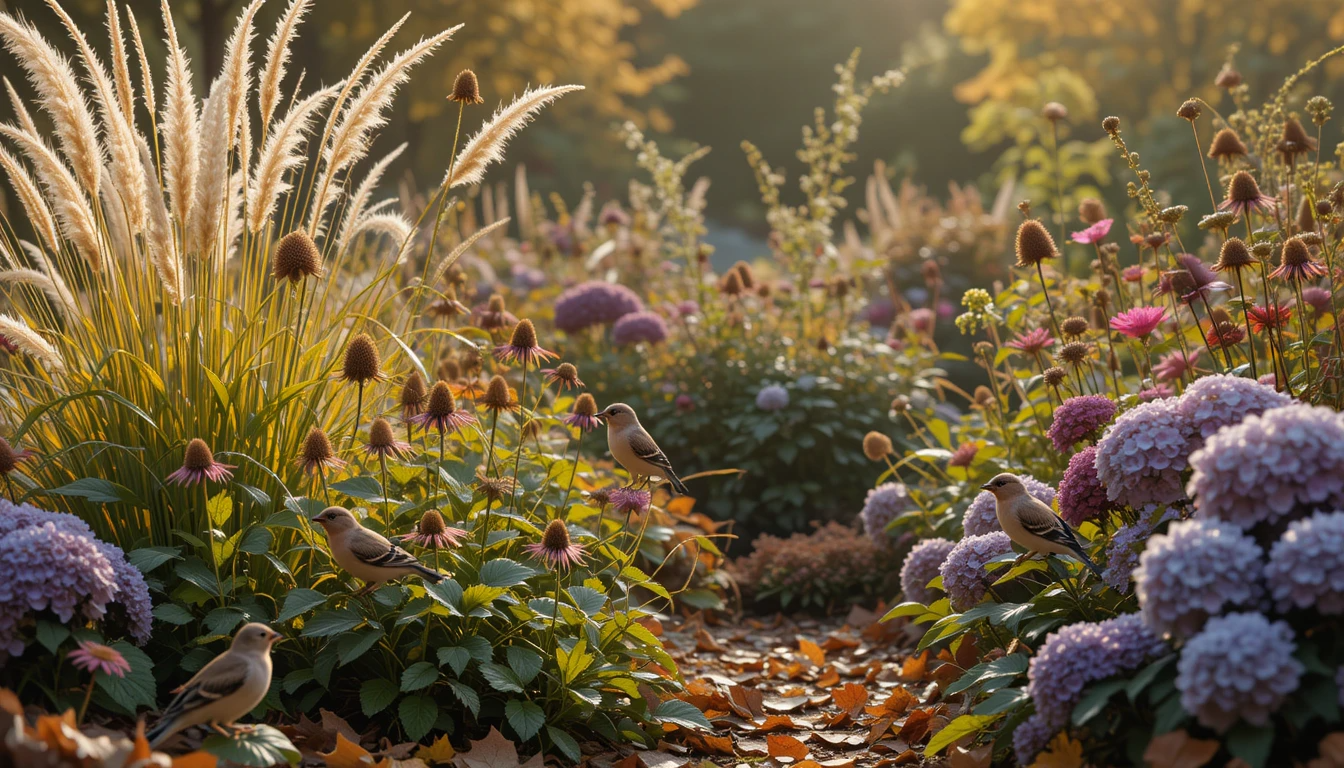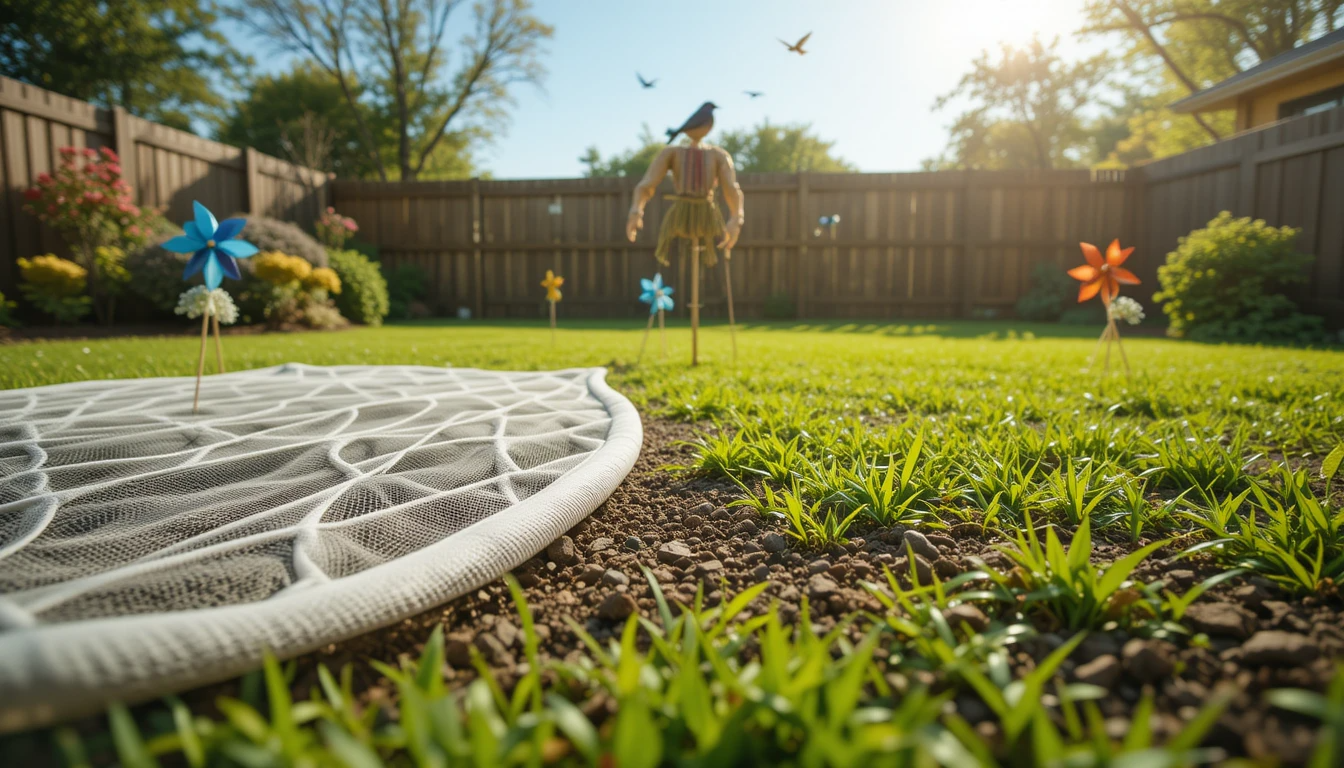Introduction: The Beauty and Benefits of Sunflowers
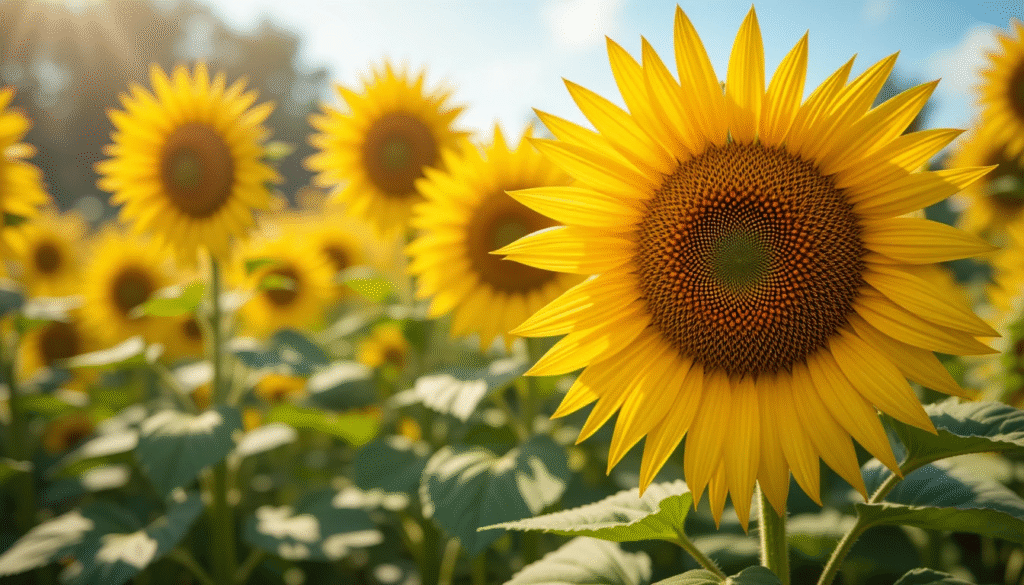
Sunflowers are more than just striking summer blooms. They’re a source of healthy snacks, sustainable gardening, and even next season’s planting material. Knowing how to harvest sunflower seeds for snacking, saving, and replanting helps you make the most of every sunflower head in your garden.
In this guide, you’ll learn when and how to harvest sunflower seeds, whether your goal is crunchy roasted snacks, safe storage for long-term use, or ensuring a successful replanting next year.
Understanding Sunflower Growth and Seed Formation
Life Cycle of a Sunflower
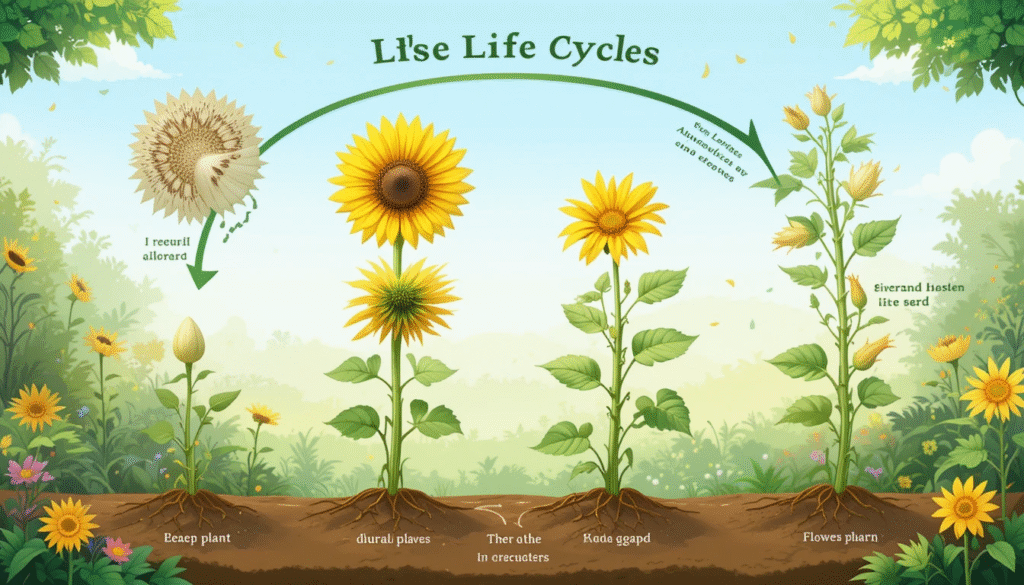
Sunflowers go through four main stages: germination, vegetative growth, flowering, and seed formation. Once the golden petals fade, the plant begins directing its energy into developing seeds.
When Sunflower Seeds Are Ready to Harvest
Seeds are ready when the sunflower’s head turns brown and begins drooping. The back of the flower turns from green to yellow, and the seeds look plump with black and white stripes or solid black, depending on the variety.
Tools and Materials Needed for Harvesting
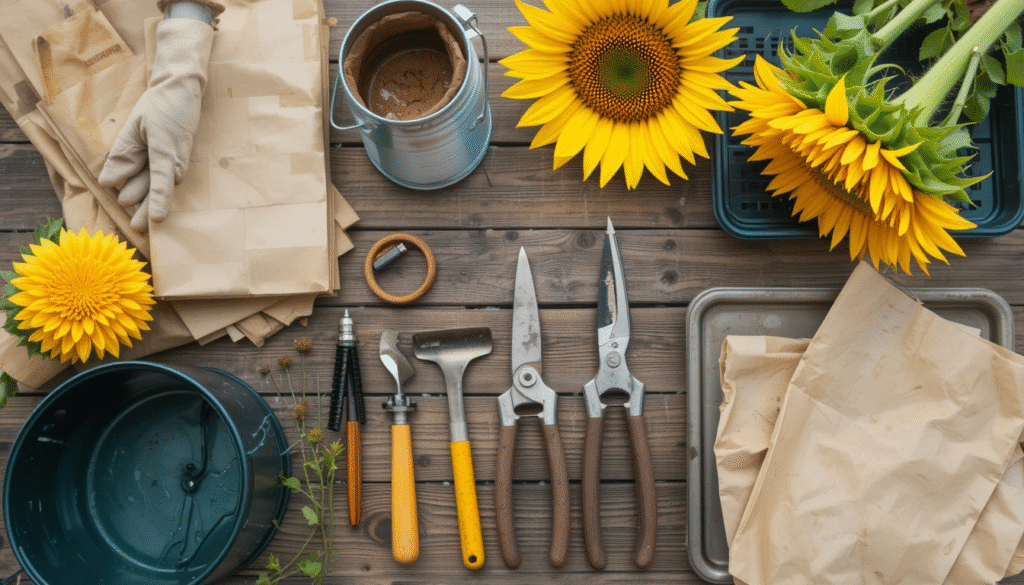
Basic Harvesting Tools
- Garden shears or pruners
- Gloves (sunflower heads can be rough)
- Buckets or trays
- Paper bags for drying
Preparing for a Clean and Safe Harvest
Ensure all tools are clean and dry to prevent mold or contamination. Choose a dry, sunny day to minimize moisture during harvest.
How To Harvest Sunflower Seeds for Snacking
Signs of Maturity for Snack-Ready Seeds
Snack varieties, like striped-seed sunflowers, are ready when seeds are firm, full, and the flower head feels heavy.
Step-by-Step Guide to Removing Seeds
Cutting the Head
Cut the flower head off with about 12 inches of stem left attached.
Drying the Head
Hang the head upside down in a dry, airy place for about a week. Cover with a paper bag to protect against birds.
Extracting the Seeds
Once dry, rub the seeds free with your hand or a brush. Collect them in a clean container.
Roasting and Flavoring for the Perfect Snack
Place raw seeds on a baking sheet, season with salt or spices, and roast at 300°F (150°C) for 30–40 minutes. Stir occasionally for even roasting.
How To Harvest Sunflower Seeds for Saving
Selecting the Best Sunflowers for Seed Saving
Choose healthy, pest-free plants with large heads and strong growth. Avoid hybrid varieties if you want true-to-type seeds.
Proper Drying and Curing Techniques
Spread seeds in a single layer on a mesh screen. Allow them to dry for 2–3 weeks in a ventilated space.
Long-Term Storage Tips to Preserve Seed Quality
Store seeds in airtight containers in a cool, dark place. Freezing can extend seed life for several years.
How To Harvest Sunflower Seeds for Replanting
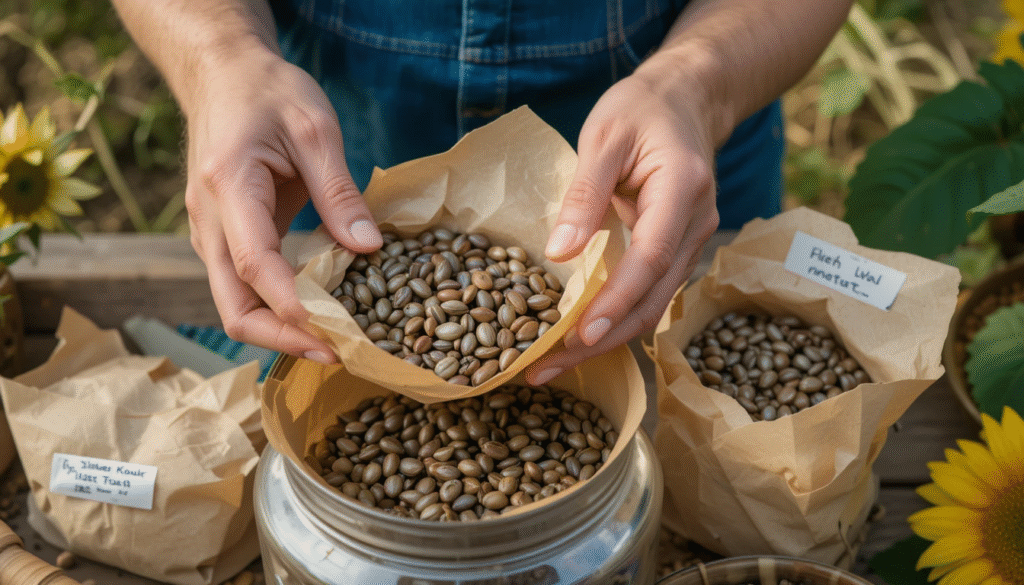
Choosing Seeds from Healthy Plants
Select mature seeds from the largest, strongest flowers to ensure hardy offspring.
Cleaning and Sorting for Viable Seeds
Remove debris, discard damaged seeds, and separate out the fullest, heaviest seeds.
Storing for Next Season’s Planting
Place seeds in a labeled paper envelope inside an airtight container. Keep in a refrigerator or cool basement until planting season.
Common Mistakes to Avoid During Harvesting
Harvesting Too Early
Seeds harvested before they mature will be soft, small, and not suitable for eating or planting.
Storing Seeds Improperly
Moisture and poor ventilation can lead to mold, ruining entire batches.
Ignoring Pests and Mold
Birds, rodents, and insects love sunflower seeds. Always check stored seeds regularly.
Expert Tips for Successful Sunflower Seed Harvesting
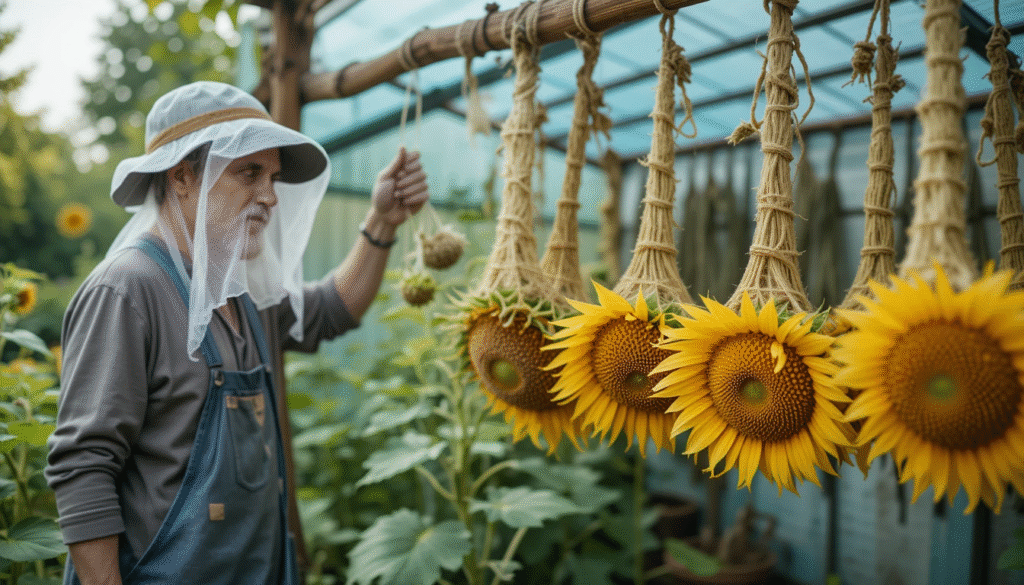
Organic Pest Control
Use mesh bags or nets to protect sunflower heads from birds before harvest.
Best Drying Conditions
Maintain temperatures between 60–70°F (15–21°C) with good airflow to prevent mold growth.
FAQs on Harvesting Sunflower Seeds
1. How do I know when sunflower seeds are ready to harvest?
When the back of the flower head turns yellow-brown and seeds loosen easily.
2. Can I eat sunflower seeds raw?
Yes, raw seeds are edible, though roasting enhances flavor and crunch.
3. Do sunflower seeds need to be soaked before planting?
Soaking isn’t necessary, but it can speed up germination.
4. How long do harvested sunflower seeds last?
Properly stored seeds last up to a year for eating and 3–5 years for planting.
5. Can I harvest seeds from any sunflower variety?
Yes, but hybrids may not produce identical plants if replanted.
6. What’s the best way to store sunflower seeds for snacks?
Keep roasted seeds in airtight jars at room temperature; refrigerate for longer freshness.
Conclusion: A Rewarding Harvest for Snacks, Storage, and Sustainability
Learning how to harvest sunflower seeds for snacking, saving, and replanting gives you the best of both worlds: nutritious homemade snacks, seeds saved for sustainability, and a thriving garden for years to come. With just a little patience and proper technique, your sunflower harvest can bring joy far beyond the summer bloom.


